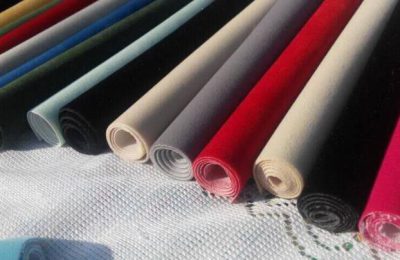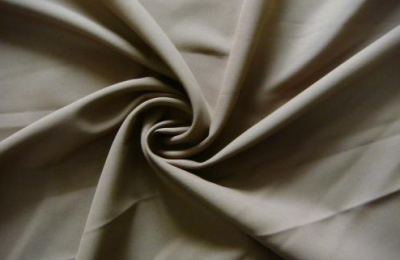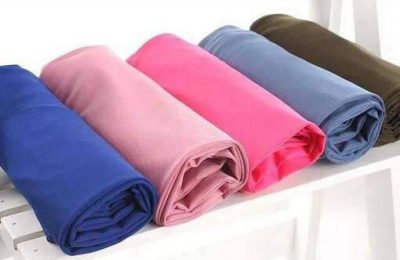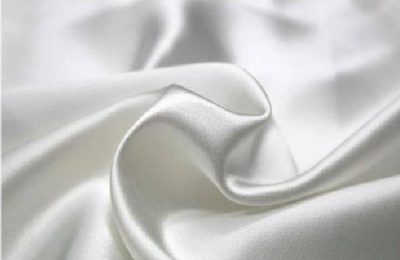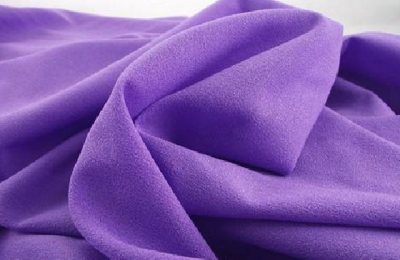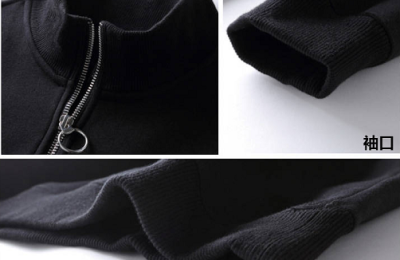Polytetrafluoroethylene microporous membrane is a microporous film made by mechanical stretching to expand the fibers without adding any other materials.
In production, according to different use requirements, various production process parameters can be reasonably selected, and different process controls can be used to obtain microfiltration and ultrafiltration membranes with different pore sizes and porosity to meet different use requirements.
Polytetrafluoroethylene is a polymer of tetrafluoroethylene.
The English abbreviation is PTFE.
The product name is “Teflon”.
It is known as the “King of Plastics”.
The basic structure of polytetrafluoroethylene is -CF2-CF2-CF2-CF2-CF2-CF2-CF2-CF2-CF2-CF2-polytetrafluoroethylene is widely used in various applications that require resistance to acids, alkalis and organic solvents. It is not toxic to humans in itself, but is one of the raw materials used in the production process.
PTFE microporous membranes have many uses and can play an important role in industrial sectors, electronics factories, military equipment, medical and health care and scientific research units.
As a purification medium, it can remove harmful dust and smoke, and can also isolate bacteria, viruses, and radioactive particles. It is suitable for air purification in clean rooms, purification workbenches, and sterile operating rooms.
The polytetrafluoroethylene microporous membrane produced has strong hydrophobicity, chemical resistance, waterproofness and low wind resistance, and can achieve high dust removal efficiency. For some poles with a diameter of 0.1um-0.3um For fine particles, the filtration level can reach H13-U16.
In addition, biaxially oriented film can undoubtedly achieve ultra-low emissions in intercepting various types of dust generated during the production process of the company, and it fully complies with current environmental protection standards.
</p



